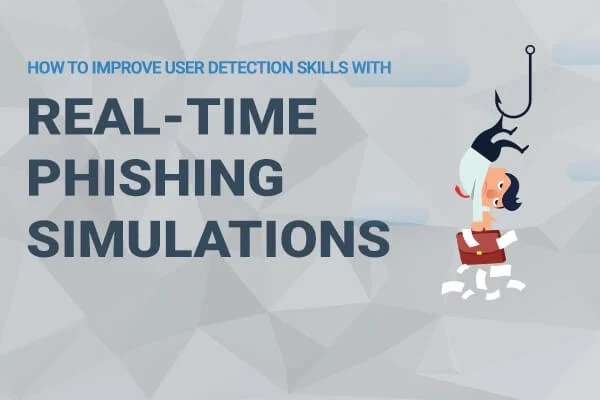What is Social Engineering?
Social engineering is a manipulation technique used by cybercriminals to trick people into giving up confidential information.
Social engineering relies on the basic human instinct of trust to steal personal and corporate information that can be used to commit further cybercrimes.
For example, a cybercriminal might use social engineering to convince an employee to divulge company passwords. The cybercriminal then uses these passwords to access corporate networks to steal data and to install malware on the company network.
All it takes is an email, phone call or text message disguised as coming from a colleague, friend, or known company and the cybercriminal has won. The cybercriminal may use a familiar yet urgent tone to convince the victim to update their banking information or tell the victim that to claim their prize they have to provide their credit card information.
Social engineering is hard to defend against because human beings are unpredictable. There is no way of knowing who will fall for a social engineering attack. Cybercriminals hope to catch the victim off-guard when they forget to remain alert to cyber attacks.














